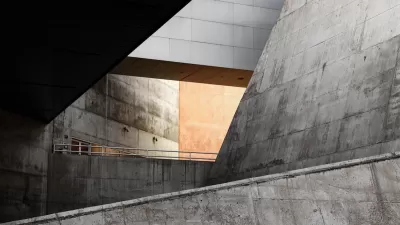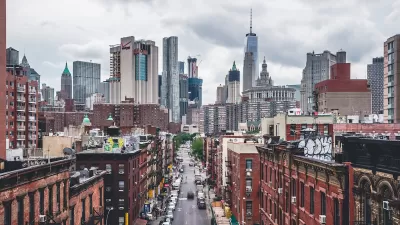Cities face challenges associated with rising values, an influx of more educated residents, and gentrification. Here's what cities can do.
In the latter half of the 20th Century, historic cities and towns in the United States were dying. That brought disinvestment, declining values, rising poverty, and crime. The one silver lining was cheap land and low housing costs.
Since about 2000, the demand for living and working in cities built prior to World War II has skyrocketed. Investment and values are rising and crime is down. But cities now face the problems of success.
In a recent public meeting, a woman asked how Ithaca, New York—my small city—can remain affordable to long-time residents. Ithaca is not Brooklyn or San Francisco, but it has many of the qualities in demand today: Walkability, mixed-use, historic architecture, and abundant culture. Values are rising. The same question is being asked again and again in cities across America.
There is no silver bullet—but there is a box of effective tools.
FULL STORY: The problems of success in the new urban era

What ‘The Brutalist’ Teaches Us About Modern Cities
How architecture and urban landscapes reflect the trauma and dysfunction of the post-war experience.

‘Complete Streets’ Webpage Deleted in Federal Purge
Basic resources and information on building bike lanes and sidewalks, formerly housed on the government’s Complete Streets website, are now gone.

The VW Bus is Back — Now as an Electric Minivan
Volkswagen’s ID. Buzz reimagines its iconic Bus as a fully electric minivan, blending retro design with modern technology, a 231-mile range, and practical versatility to offer a stylish yet functional EV for the future.

Healing Through Parks: Altadena’s Path to Recovery After the Eaton Fire
In the wake of the Eaton Fire, Altadena is uniting to restore Loma Alta Park, creating a renewed space for recreation, community gathering, and resilience.

San Diego to Rescind Multi-Unit ADU Rule
The city wants to close a loophole that allowed developers to build apartment buildings on single-family lots as ADUs.

Electric Vehicles for All? Study Finds Disparities in Access and Incentives
A new UCLA study finds that while California has made progress in electric vehicle adoption, disadvantaged communities remain underserved in EV incentives, ownership, and charging access, requiring targeted policy changes to advance equity.
Urban Design for Planners 1: Software Tools
This six-course series explores essential urban design concepts using open source software and equips planners with the tools they need to participate fully in the urban design process.
Planning for Universal Design
Learn the tools for implementing Universal Design in planning regulations.
City of Albany
UCLA Lewis Center for Regional Policy Studies
Mpact (formerly Rail~Volution)
Chaddick Institute at DePaul University
City of Piedmont, CA
Great Falls Development Authority, Inc.
HUDs Office of Policy Development and Research





























